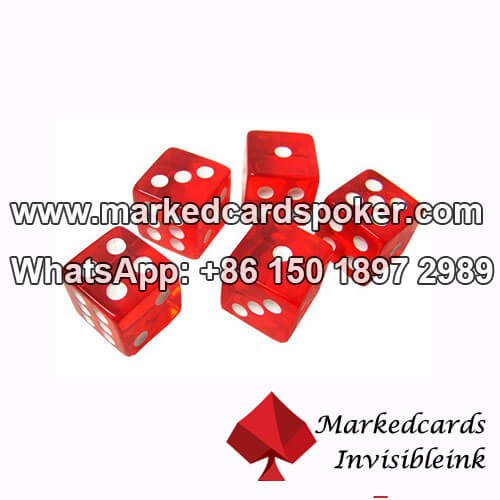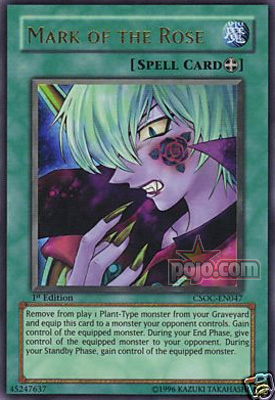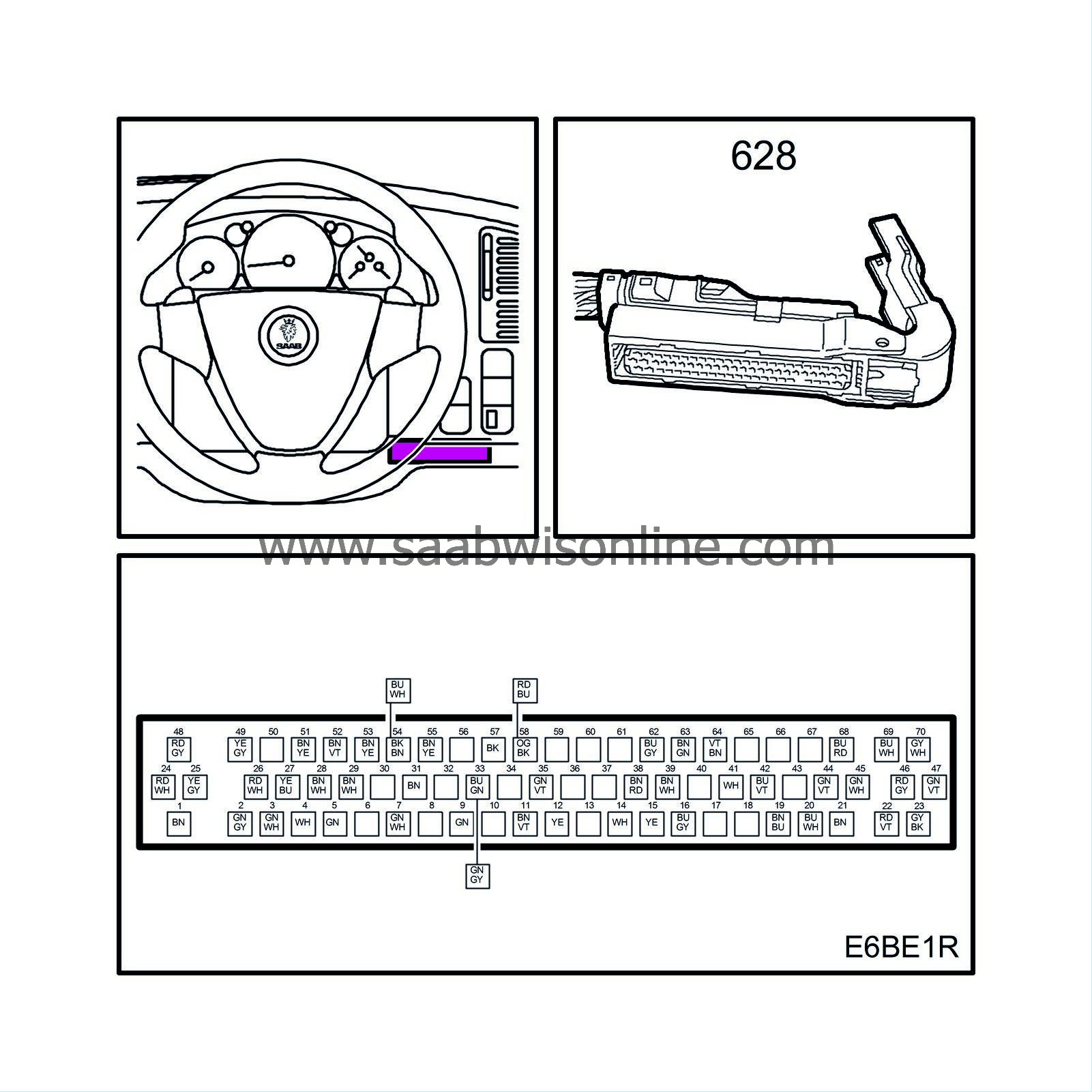Dice Control
The sad truth is, in today’s casinos there is no such thing as Dice Control. Dice Control, is, in fact, a misnomer. It’s a catch-phrase that has fallen into general use when describing what “controlled” shooters attempt to do – which is to the outcome of the roll. Since there’s no such thing as Dice Control in todays casino that means there’s no such thing as a “Controlled Toss.” For that reason, I like to refer to what others call a “controlled roll” as a “percentage toss.” We don’t control every roll, but we do influence the outcome of some of our throws – and that influence can give us enough of an edge over the house’s percentage to make it pay for us.

Every percentage shooter’s toss is different. Why? Because everyone’s hands and fingers are shaped differently. Some of us are tall and thin. Others are shorter and not so thin. A comfortable stance or grip for one person is often impossible for another. On top of that, different “dice control” camps teach different toss techniques. Some teach “off axis” tosses while others teach “on axis” tosses. Some teach tossing at a 45 degree angle. Others suggest a 30 – 40 degree angle is better. And at the end of the day, we all become creatures of habit as far as out tosses go – good habits and bad habits – for better or worse.
With that said, there are still some elements that are common to the best tosses around. Assuming the shooter has an excellent grip on the dice, he will begin and end his toss with the dice square to the deck of the table. In addition, the dice will also be square with the back wall and will travel in a straight line trajectory down table. After landing, the dice will tumble to the flat portion of back wall and strike the base of the wall, where there are no rubber pyramids.
The biggest challenge with dice control is that it’s hard to practice but that’s exactly what you need to do. If someone told you to practice with blackjack, that’s pretty easy as most people have a deck of cards or you could go online to play.However, with craps, you have to get yourself a little table, which most people don’t have, and you can’t test this out online. Intermediate and Journeyman dice control practice advice One of the major rules of craps is the dice must be thrown so they hit the opposite wall and bounce off, otherwise you will have to rethrow. Casinos put triangle shaped pyramids or bumps on the walls to produce more randomness when the dice bounce off of them.

Dice Control offers a way of tossing casino dice in a way that skews the set mathematical odds, giving you an edge Dice Control, along with dice setting, can result in the dice rolling longer - offering more wins Craps is just a heck of a lot more fun with Dice Control.
If tossed back-handed, the dice will fly in a parabolic arc to the landing zone, with just enough backspin to keep the dice on axis and rotating in tandem. The dice will strike the shooter’s preferred landing zone – typically anywhere from six to twelve inches from the back wall – bounce once or tumble gently to the base of the back wall, then roll back no more than a couple of inches before dying no more than a few nches apart. The dice should not strike in the turn or the hook, the curved portions of the back wall, although there are some decent shooters out there who use that technique. Keep everything square instead.

Dice Pilot's Betting System First Bet Size. Playing Craps With a Limited Bankroll. Craps Etiquette Question. Playing a 'Hopping 7's' Progression with a controlled shooter. Is The Pass Line Bet The Best For Someone Who Can Control The Dice? More On Buy Bets and Craps Etiquette. Is This a Good Promotion? Dice Pilots Betting System. It’s the notion that you can control the outcome of a dice roll to increase the likelihood of certain numbers appearing more or less often to reduce the house advantage. It comes in several varieties depending on how far the hustler wants to push the absurdity of the notion. Some scammers claim you can learn to roll certain numbers at will.
If tossed underhanded the dice will fly in a relatively straight line to the landing zone, which will likely be twelve to eighteen inches from the back wall. They will be tossed with just enough forward spin to carry them to the back wall, where they will strike the base of the rail rubber with minimal roll-back. Back in the good old days of street craps or army barracks games this was known as the blanket roll and it can still be very effective today.
The Axis Power Craps Percentage Toss starts with the dice gripped and in contact with the table. The shooter focuses on his landing zone, takes a breath, lets it out, then executes the toss by bringing the dice up at a 35 to 45 degree angle, releasing them so that they fly no higher than six to twelve inches higher than the rail, landing about six inches from the back wall. The dice should take one bounce, then strike the back wall near the base and bounce back no more than a couple of inches inches. Do not expect to achieve those kind of results when first starting to practice. And remember, while it is possible to learn dice influencing on your own – there is no substitution for hands on teaching from a professional dice influence instructor.
Does the ability to execute a percentage toss mean you’ll automatically be a winner at craps? Absolutely not. No matter how good of a shooter you are, if you are undisciplined and lack basic betting, money management, and betting skills then odds are you’re still doomed to lose. So what makes a successful player?

1. Knowledge of the game.
2. Sufficient bankroll.
3. A conservative betting approach.
4. Good money management skills.
5. Discipline.
6. The ability to influence the outcome of the roll.
7. A winning attitude.
How about it? Sound like you? If not – there’s your craps “to do” list.
Related Articles
Introduction

One of the most frequently asked questions I get, and certainly the most frequent about craps, is whether dice setting is for real. Publicly until now I said I never saw enough evidence either way and had no position. Privately I was more skeptical. However in May 2004 Stanford Wong, whom I have enormous respect for, attended a 4-day seminar on dice setting and as a result reversed his position and gave what I think could be said is an endorsement. Shortly afterward I saw him at a social function and asked him about it. He obviously did believe that some people can influence the dice but that is was very difficult and something few have mastered.
Wong's comments inspired me to take dice setting more seriously. I had previously been in communication with Frank Scoblete and Larry Edell on the subject, suggesting that I be allowed to observe some top dice setters for myself. Both were agreeable but due to scheduling problems nothing ever came of it. Until recently I also lived within about one mile of dice coach Beau Parker so there was no good reason to keep avoiding the experiment. So after playing phone tag we finally met on July 22 with three other dice setters at the Bellagio.
Before starting Beau explained that dice setters are not able to control every single throw but only influence the dice towards certain numbers. At a 3-4-5x odds table the house edge is only 0.374% so it only takes a slight influence of the dice to overcome that house advantage. However a slight influence could take thousands of rolls to become obvious over the normal randomness of the game. So we both agreed one session was unlikely to prove anything.
As I emphasize on the topic of Internet casino cheating the proper way to make a case for a non-random game is to set up a hypothesis first, then gather data, and then statistically test the data for how well it fits the hypothesis. So I asked Beau what I should be testing for. He said on the come out roll that I should test for winning rolls of 7 and 11, and on all other rolls to test for rolling anything except a 7. Following are the specific results. Each come out roll begins a line.
Parker Experiment Results
| Date | Casino | Shooter | Rolls |
| July 22, 2004 | Bellagio | Beau | 7 |
| July 22, 2004 | Bellagio | Beau | 2 |
| July 22, 2004 | Bellagio | Beau | 6,8,6 |
| July 22, 2004 | Bellagio | Beau | 8,7 |
| July 22, 2004 | Bellagio | Debbie | 11 |
| July 22, 2004 | Bellagio | Debbie | 2 |
| July 22, 2004 | Bellagio | Debbie | 6,10,5,9,3,3,12,5,9,5,8,6 |
| July 22, 2004 | Bellagio | Debbie | 11 |
| July 22, 2004 | Bellagio | Debbie | 10,7 |
| July 22, 2004 | Bellagio | Pablo | 7 |
| July 22, 2004 | Bellagio | Pablo | 7 |
| July 22, 2004 | Bellagio | Pablo | 5,7 |
| July 22, 2004 | Bellagio | Michael | 10,7 |
| July 22, 2004 | Bellagio | Beau | 4,7 |
| July 22, 2004 | Bellagio | Debbie | 6,3,4,7 |
| July 22, 2004 | Bellagio | Pablo | 9,2,4,6,8,4,2,10,5,8,5,5,11,8,6,2,8,7 |
| July 22, 2004 | Bellagio | Michael | 11 |
| July 22, 2004 | Bellagio | Michael | 7 |
| July 22, 2004 | Bellagio | Michael | 4,6,7 |
| July 22, 2004 | Westin | Beau | 6,7 |
| July 22, 2004 | Westin | Debbie | 8,11,6,6,9,4,10,6,6,7 |
| July 22, 2004 | Westin | Michael | 6,6 |
| July 22, 2004 | Westin | Michael | 5,4,5 |
| July 22, 2004 | Westin | Michael | 4,5,12,4 |
| July 22, 2004 | Westin | Michael | 9,7 |
| July 22, 2004 | Westin | Beau | 7 |
| July 22, 2004 | Westin | Beau | 7 |
| July 22, 2004 | Westin | Beau | 9,6,5,8,9 |
| July 22, 2004 | Westin | Beau | 6,11,4,3,7 |
| July 22, 2004 | Westin | Debbie | 7 |
| July 22, 2004 | Westin | Debbie | 5,6,3,11,6,6,5 |
| July 22, 2004 | Westin | Debbie | 12 |
| July 22, 2004 | Westin | Debbie | 11 |
| July 22, 2004 | Westin | Debbie | 5,9,8,4,8,11,5 |
| July 22, 2004 | Westin | Debbie | 7 |
| July 22, 2004 | Westin | Debbie | 6,7 |
| July 22, 2004 | Westin | Michael | 10,7 |
The next table summarizes the results. The sample size is too small to perform any robust tests. However just an eyeball test shows the results are thus far close to expectations in a random game. So clearly more testing needs to be done, and is planned for.
Parker Experiment Summary
| Event | Number |
| Come out rolls | 37 |
| Come out wins (7 or 11) | 11 |
| Expected come out wins (7 or 11) | 8.22 |
| Non-come out rolls | 79 |
| Non-come out win (non-7) | 65 |
| Expected non-come out win (non-7) | 65.83 |
Dice Control Tips
Stanford Wong Experiment
In August 2004 debate was raging at Stanford Wong's site bj21.com about dice setting. The discussion could be found under the member's only Green Chip section on craps. A professional gambler there challenged Wong to a bet. The terms of the bet were whether precision shooters could roll fewer than 79.5 sevens in 500 rolls of the dice. The expected number in a random game would be 83.33. The probability of rolling 79 or fewer sevens in 500 random rolls is 32.66%.
Controlled Dice Throwing
I was asked to be a monitor for the event, but was out of the country at the time. However I did make an $1800 bet on the over with a well known gambling writer. The dates and locations of the event were kept very quiet, and were not being made available to the public. The shooters were Wong himself and someone known only as 'Little Joe.' According to Wong, the experiment went well and not one roll was called dead nor disputed by the two sides of the bet present at the event. The following table shows the results by shooter.
Dice Control Sets
Wong Experiment Results
| Shooter | Total Rolls | Total Sevens | Percent Sevens |
| Wong | 278 | 45 | 16.19% |
| Little Joe | 222 | 29 | 13.06% |
| Total | 500 | 74 | 14.80% |
Dice Control For Casino Craps
Congratulations to Wong on winning with five sevens to spare. The probability of rolling 74 or fewer sevens in 500 random rolls is 14.41%.
Internal Links
Dice Control Sets
- How the house edge for each bet is derived, in brief.
- The house edge of all the major bets on both a per-bet made and per-roll basis
- Dice Control Experiments. The results of two experiments on skillful dice throwing.
- Dice Control Advantage. The player advantage, assuming he can influence the dice.
- Craps variants. Alternative rules and bets such as the Fire Bet, Crapless Craps, and Card Craps.
- California craps. How craps is played in California using playing cards.
- Play Craps. Craps game using cards at the Viejas casino in San Diego.
- Number of Rolls Table. Probability of a shooter lasting 1 to 200 rolls before a seven-out.
- Ask the Wizard. See craps questions I've answered about:
- Simple Craps game. My simple Java craps game.
Dice Control Shooting
Written by: Michael Shackleford